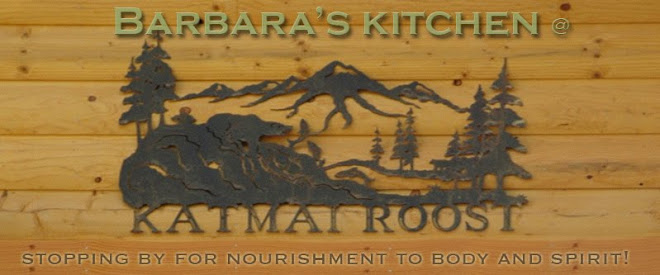Erik the Oompah Loompah
1990
The holidays are just around the corner! In fact, along with Dinner in a Pumpkin and Caramel Apples, we always have to make Mom's Caramel Popcorn in October. It's the baked kind—our favorite. I'm including the recipe in this post. I also wanted to point you to my holiday treat for you. I've included all the recipes in both cookbooks previously 'published' for the family. If you look under the Katmai Roost banner, you can click on Mom's or Grandmother's cookbook. So far—in this 2.0 version—the recipes are just 'dumped' on the page, but I hope to do some better formatting later. It would be great if the recipes in the index would be clickable, and take you exactly to the recipe. I need to brush up on my html first. If anyone would like to do that for me, that would be great! In the meantime, if you want a recipe, you can check the table of contents, then scroll down to find the recipe.
Caramel Corn
2 sticks margarine or
1 margarine & 1 butter
2 c. brown sugar
1/2 c. white Karo syrup
|
1/2 t. salt
1 t. soda
7-1/2 qt. popcorn
|
Cook butter, brown sugar, syrup and salt for 5 minutes. Remove from heat and stir in soda. Pour over popped corn, mix and put in flat pans. Bake at 200° for one hour. Stir every 15 minutes. Can be stored in sealed containers.
by Dee, wife of Barbara's son Scott
p.s. to Cheryl:
Didn't Parker use this costume after Erik? Do you still have it?
Maybe Ian could use it next year : )
p.s. to Cheryl:
Didn't Parker use this costume after Erik? Do you still have it?
Maybe Ian could use it next year : )







